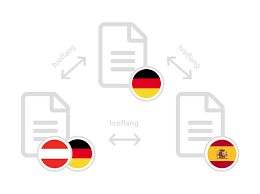A guide to how the TRP system works and how those three NEWS channels had manipulated TRPs and got under Mumbai Police’s nets. The TRPs represent how many people, from which socio-economic categories, watched which channels for how much time during a particular period. This could be for an hour, a day, or even a week; India follows the international standard of one minute. The data is usually made public every week.
So these TRPs revealthe popularity and viewership of television programs or channels. They are used to measure how many people are watching a particular TV show, at what time, and for how long. TRPs help broadcasters, advertisers, and content creators understand viewer preferences and trends.
Here’s what TRPs typically reveal:
- Audience Size: TRPs indicate the number of viewers watching a show or channel, helping networks gauge how many people they are reaching.
- Viewer Preferences: By tracking which programs have high TRPs, networks can identify what type of content is resonating with audiences, such as drama, sports, news, etc.
- Time Slot Effectiveness: TRPs also show which time slots attract the most viewers, helping broadcasters schedule programs more effectively.
- Impact on Advertising: Advertisers use TRPs to determine where to place their ads for maximum reach and impact. Higher TRP shows usually demand higher ad rates due to their larger audience.
- Program Success: High TRPs signal a show’s success, while low TRPs may suggest that a program is underperforming or not engaging the audience.
Overall, TRPs are crucial for making decisions about programming, scheduling, and advertising, and they provide valuable insights into viewer behavior.





